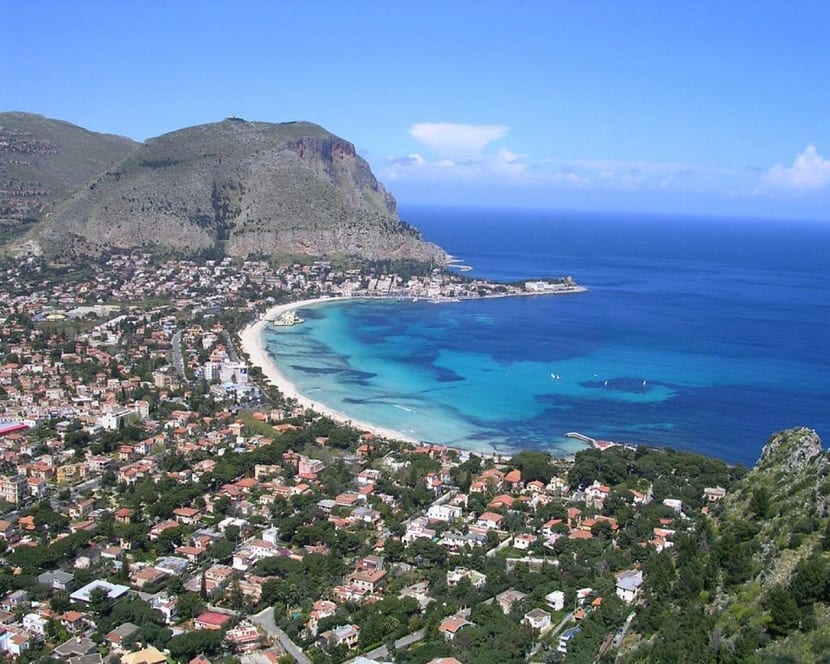
The geology of the terrain is forming over millions of years on our planet. Caused by faults, earthquakes, progressive wind erosion, strong waves, drag, sedimentation, etc. They are geological processes that give rise to the geographic forms that we see as a result today. Shapes like bays, mountains and capes.
Surely you have seen a gulf and you have thought about how it was formed. Do you want to know what a gulf is and what is its formation process?
Definition
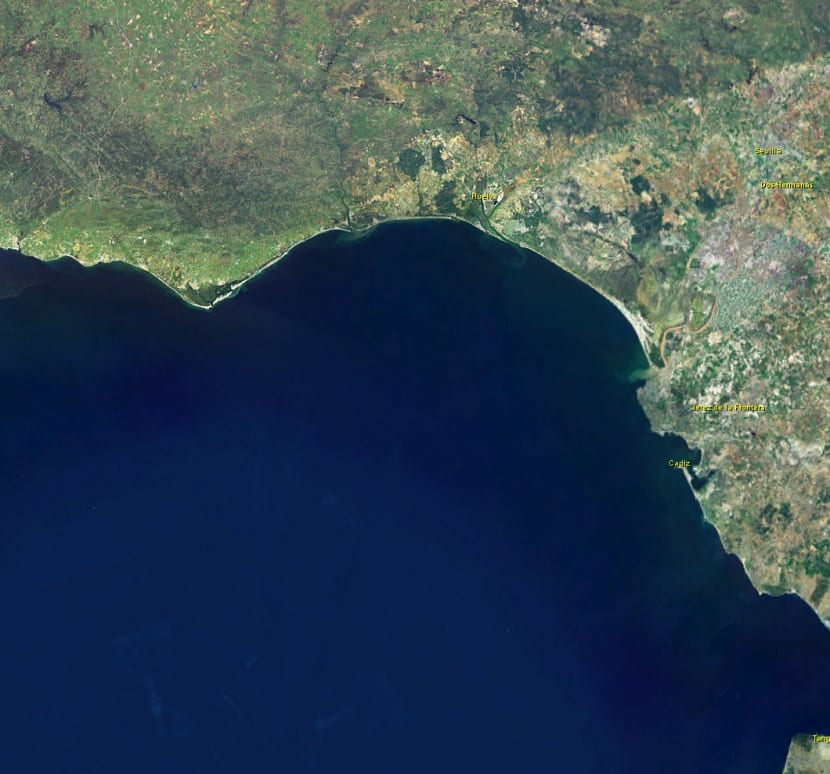
Gulf of cadiz
A gulf is a geographical feature characterized by having a large portion of the sea or ocean brought into the land. It is located between two headlands or two peninsulas. The gulf is usually quite deep and they are of great economic importance since, thanks to their location and geographical disposition, they serve to protect the coast from high tides. This favors the construction of ports and levees to increase the coastal economy.
The term gulf is often confused with bays or inlets, however, they are not the same.
Definition of bay and cove
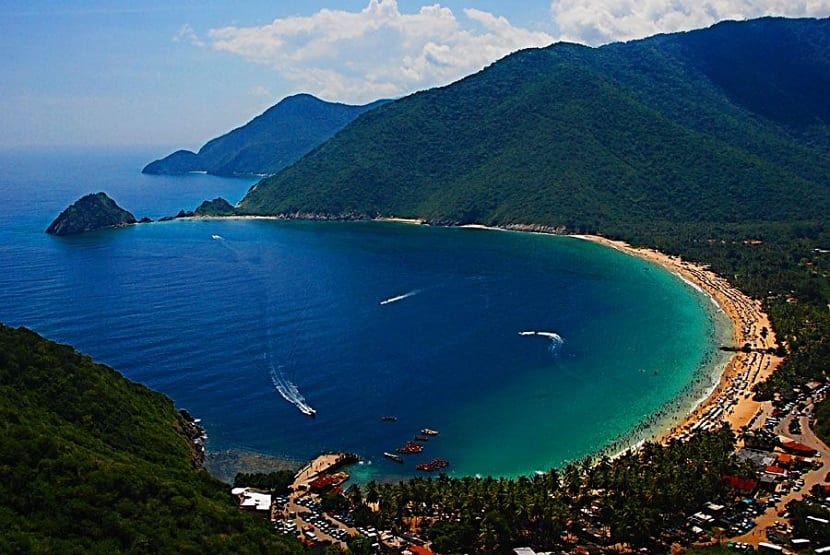
Bahía
A bay is an inlet from the sea or lake that is almost entirely surrounded by land, Unlike the Gulf, except for one of its ends. The bays are formed over the years due to coastal erosion and is considered by geographers as a coastal concavity. The water is continuously hitting the coast and is shaping it over the years to create this type of morphology.
You could say that the bay is the opposite of a peninsula. While the peninsula is a piece of land surrounded by water, except for one end, the bay is a piece of water surrounded by land, except for one end.
The human being takes advantage of the bays, just like the gulfs, for the construction of ports for an increase in the economy of the area.
On the other hand, in geography the cove is defined as a coastal geographical feature formed by a water inlet that adopts a circular shape and is guarded by a narrow mouth, usually made of rocks.
Differences between gulf, bay and cove
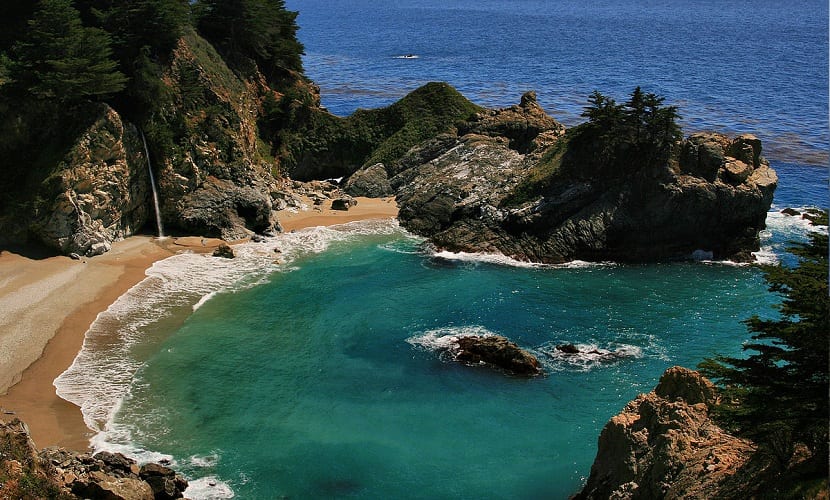
Ensenada
As these terms are commonly confused, geography has established the difference between them. A gulf, a bay, and an inlet, despite having similar morphologies, share the difference in extent and depth. For this reason, the gulf is the first with the greatest size and depth, followed by the bays, being slightly smaller and shallower and ending with the inlets.
The inlets are left for last place, since being so small and so shallowRather than being modified by the coast, they are modified by the rocks that protrude into the sea from the seabed.
What these three geomorphologies do have in common is that they are intended for the construction of ports to improve the economy of the area. Ports can be built more easily, since the waters are weaker and these formations protect them from the steep rises of the tide.
In addition, the beauty they provide for landscapes, are important points for the world economy, not only because of the construction of ports, but they are also destined to be places where merchandise is exchanged on a large scale, both those arriving from a certain country and those leaving, they are usually more sought after tourist destinations, etc.
The inlets, being smaller in size and depth, are not so widely used for the construction of ports, although small docks are sometimes built, they are more used to be used as beaches, thanks to the fact that the rocks enclose the water and do not allow it to have waves or strong currents.
The best known gulfs in the world
Once you have learned the definition of a gulf and the difference with bays and inlets, it is time to get to know the most important and well-known gulfs in the world. There are many gulfs on the planet, but the most important on a large scale are the Gulf of Mexico, the Gulf of Alaska and the Gulf of St. Lawrence.
Gulf of Mexico
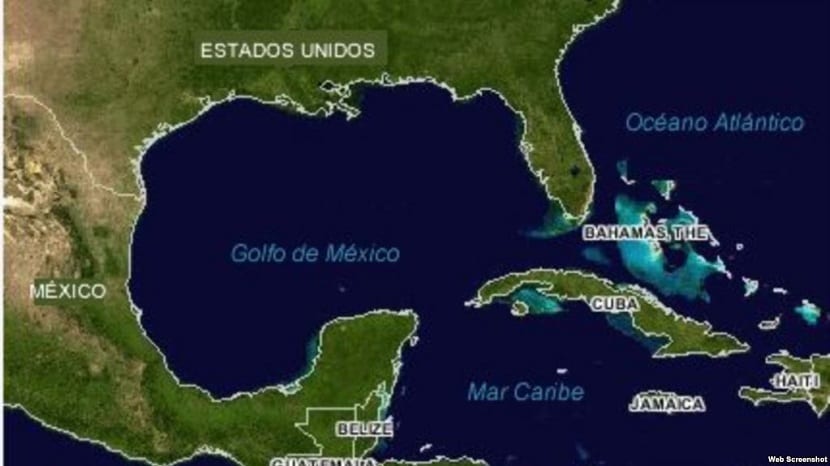
The Gulf of Mexico is located between the coasts of Mexico (in the states of Tamaulipas, Veracruz, Tabasco, Campeche and Yucatán), the coasts of the United States (in the states of Florida, Alabama, Mississippi, Louisiana and Texas) and the coasts from the island of Cuba (in the eastern part of the gulf, at its outlet to the Atlantic Ocean).
Gulf of alaska

The Gulf of Alaska encompasses a curved expanse of the Pacific Ocean on the southern coast of Alaska, bounded on the west by the Alaska Peninsula and Kodiak Island, and on the east by the Alexander Archipelago in Glacier Bay. The Gulf of Alaska it is so large in depth and extent that it is considered a sea.
The vast majority of rainfall that is collected during the rainy seasons in the Pacific Northwest occurs in this gulf. The coast is very rough and has deep entrances. For all who can go to see it, you can enjoy landscapes of forests, mountains and glaciers from the shore area.
The main stream that runs through the gulf is that of Alaska. It is a stream that is part of the conveyor belt, it is warm in character and flows north.
Due to its formation conditions and its geographic structure, the Gulf of Alaska generates storms continuously. This phenomenon is increased in frequency and intensity in areas of the Arctic Circle, where storms are aggravated by abundant snow and ice. Several of these storms move southward or along the coasts of British Columbia, Washington, and Oregon.
Gulf of Saint Lawrence

This gulf is located in eastern Canada and connects to the Atlantic Ocean. It is a fairly extensive gulf. The St. Lawrence River begins at Lake Ontario and, through the largest estuary in the world, empties into this gulf.
With this information you will be able to know well the differences between gulfs, bay and inlet and to know the most important gulfs in the world.